How these sellers of Swiss watches are coping with Trump's highest tariffs
Published in Business News
PHILADELPHIA — Switzerland is used to being alone. It’s not a member of NATO or the European Union; it eschews the euro in favor of its own currency, the Swiss franc, which has lately gained value against the euro and the dollar.
But Switzerland’s solitude has left it isolated by President Donald Trump’s import taxes. The multilingual Alpine nation faces the highest U.S. tariffs of any industrial country — a 39% tax on Swiss exports vs. 15% elsewhere in Europe.
Swiss high-end watchmakers, led by Rolex, Cartier’s Richemont, Omega’s Swatch, Audemars Piguet and Patek Philippe, face the full tariff rates on watches they send the U.S., the industry’s largest market. Altogether last year the 50 major Swiss watchmakers produced 16 million high-end watches, worth over $30 billion, down slightly from the record year 2023, according to a Morgan-Stanley research report.
Timothy Mancuso, dubbed “Philadelphia’s Horology Kingpin” by Esquire magazine, and his British partner, Andrew Morgan, are managing the fallout. They are among a handful of East Coast watch specialists who bring high-end watchmakers together with U.S. collectors for convivial shows at Mancuso’s Philadelphia penthouse and hotel and restaurant sites.
“The real challenge we face with tariffs isn’t just the cost; it’s the continued uncertainty. In our industry, long-term planning is essential,” and shifting trade rules makes it hard, said Richard Benc, founder of Studio Underd0g, a British watch brand, based on a Swiss design, that works with Walker and Mancuso.
“We’re working closely with our U.S. retail network on a fair solution that shares the cost across several shoulders: between us, our retailers, and — only if necessary — the customer,“ said Oliver Ebstein, owner of Chronoswiss.
Earlier this month after a disappointed Swiss President Karin Keller-Sutter left Washington without being able to see Trump, Morgan and Mancuso sat for an interview overlooking Rittenhouse Square to talk about collectors’ and manufacturers’ response to the costly new U.S. import taxes. The interview was edited for brevity and clarity.
Q: Why is the watch business in Switzerland?
Morgan: It was an American industry. A hundred years ago, the Pennsylvania Railroad needed standardized watches so the trains would run on time, and watchmakers responded. There was the Hamilton Watch Co. in Lancaster (Pennsylvania), now part of Switzerland’s Swatch. (And the Zurbrugg watchcase factory in Riverside, Burlington County, Pennsylvania.) There were fine watchmakers in Chicago and San Francisco.
But over the years they moved to Switzerland, where you have the supply chain, the industry’s highly individualized skilled labor, and materials that are still made artisanally, by hand. You cannot make those movements here or anywhere else.
The Swiss are always improving. Ulysse Nardin pioneered marine (water-resistant) chronometers. In 2001, they were the first to use silicon in the movements to make them friction-resistant. They sell a very high-end watch, the Freak, with a ceramic watch base, a titanium case, an enamel face, and glass layered at temperatures up to 1100 degrees Fahrenheit, and a silicon escarpment, with diamond coating. They start at around $30,000, up to $140,000.
Mancuso: The U.S. is 30% to 35% of the world’s watch market. China had a huge luxury market, but it has turned down since COVID-19.
COVID sparked a price increase in the pre-owned market. And there’s been inflation. In the next year, sales of pre-owned watches may be greater than for new watches. Rolexes hold their value well, if you take care of them.
We like to say: You can’t wear a Picasso, but you can wear a watch.
Now the average American owns a wristwatch. Maybe an Apple Watch. High-end collectors have more. I know a guy with a safe in Abu Dhabi who has 25,000 watches. There are people here who own hundreds.
Q: Who buys expensive watches?
Mancuso: Surgeons, lawyers, small business owners. Another guy in our group did the concrete at the Linc. Some are property owners, property managers, restaurateurs.
Morgan: The entrepreneurial nature has a real affinity for these watches.
Mancuso: And guys in asset management. My day job, I do high-end asset advisory. Insurance and investments.
Q: Do you ever get a business owner who gets all his people watches and has them synchronized and networked?
Morgan: That’s an interesting idea. Watch people do like to spend time with people who are like-minded.
Mancuso: This is a hobby that can identify a guy — and these are mostly men. For example, a guy who wears an MB & F watch, that’s a ’70s to ’80s baby, he’s in tech. On and on.
Q: Who will pay the tariffs?
Mancuso: It can be absorbed by the manufacturer or by the dealer or by the customer. Usually all three.
Morgan: But it can vary, depending on how large and (complex) a company is. The tariff is paid on the price of the watch when it enters the U.S. If I’m a small manufacturer and I sell direct to the customer, I have to pay the 39% on the full price of the watch. But if I have a (wholesale) subsidiary or sell to a wholesale distributor, I’m only paying that 39% on 50% or 60% of the list price.
Q: Will the tariffs will help non-Swiss producers?
Mancuso: Watches have three parts — the case, the movement, the strap. Germany and Japan make some good movements. Japan does huge volume at the lower end of the market — companies like Seiko that make $200 watches. That’s the Toyota of the industry. (Swiss) Rolex is a Ferrari.
Fears Watch Co., a British brand, they work with us. They are investigating setting up a subsidiary in the U.S.
This is happening at a difficult time for the smaller manufacturers. So brands have become more discerning (in their marketing). They used to throw up billboards in Times Square. They would do ads like articles in glossy magazines. Now it’s all about experiences. They hire us.
Q: So your firm, AMW, Andrew Morgan Watches, does user experiences?
Morgan: I’m the CEO; my wife is chief operating officer, Tim is chief growth officer. We help with targeting their market, head to hoof. We advise the watch brands on product, campaign planning, and media production.
Q: Do you expect the industry to keep consolidating?
Mancuso: Bucherer, that’s a hundred-year-old firm, was just acquired by Rolex for $7 billion. They sell from 100 locations, 37 in U.S. The largest watch store in the world is the Bucherer store in Las Vegas. Bucherer’s Time Machine on Fifth Avenue at 57th Street in Manhattan — by sales, that store is the largest.
Q: Will the sellers shift sales to other countries?
Mancuso: Yes, but it will take years, and it will be very expensive. They may be holding off on shipments to the U.S. So you will see secondary-sale prices go up as well.
Morgan: Most buyers buy for status. Swiss Made is a legally protected label. We promote it with watch gatherings, watch parties, collector events. We had a thousand people for an event at the Time Machine in New York. We do events here in Philly. We keep it real. They’re catered by Angelo’s, Schulson Catering, Shake Shack. We may have 100 people. We may have eight or 10.
©2025 The Philadelphia Inquirer, LLC. Visit at inquirer.com. Distributed by Tribune Content Agency, LLC.
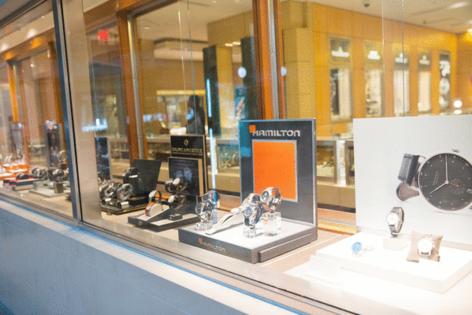
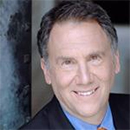
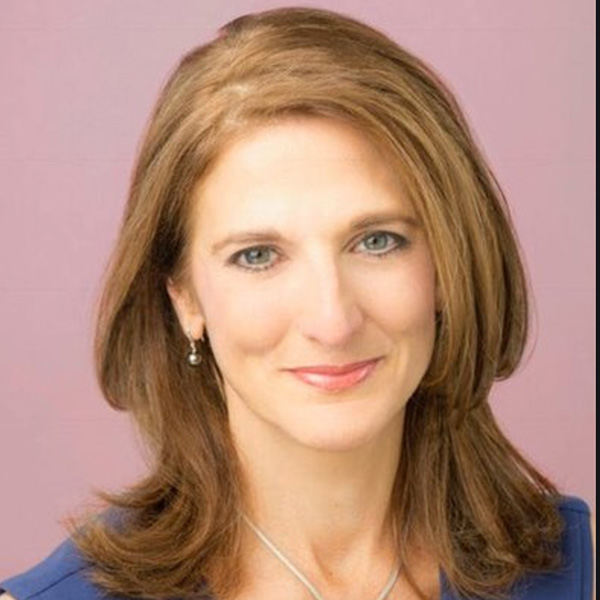
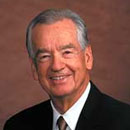
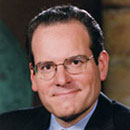
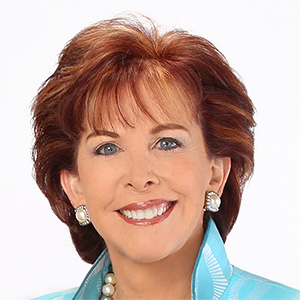


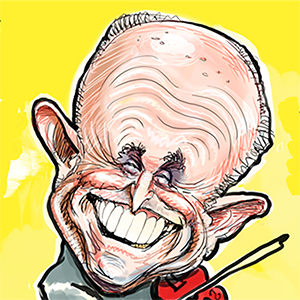
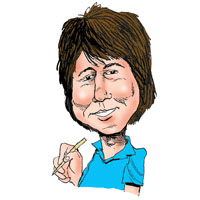


Comments